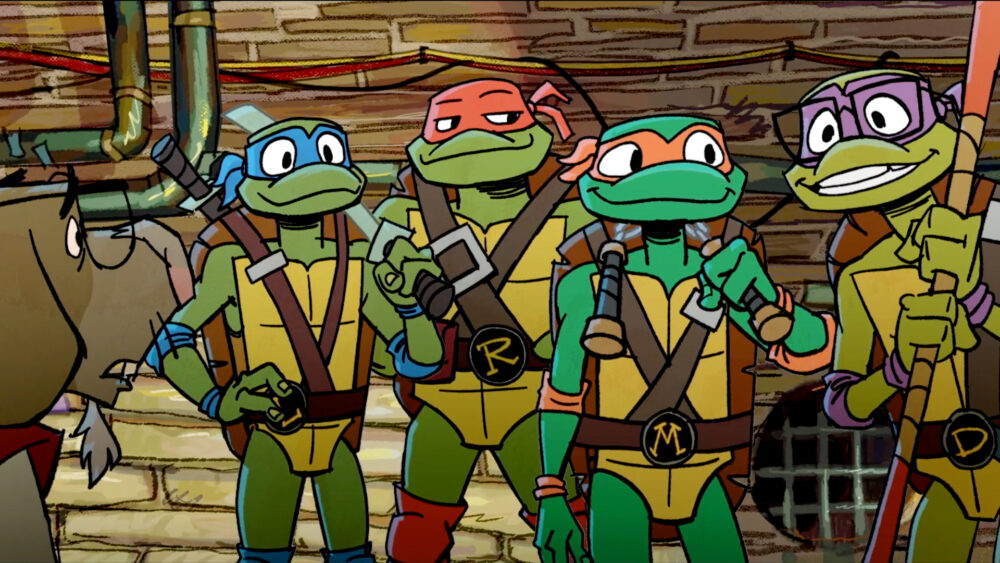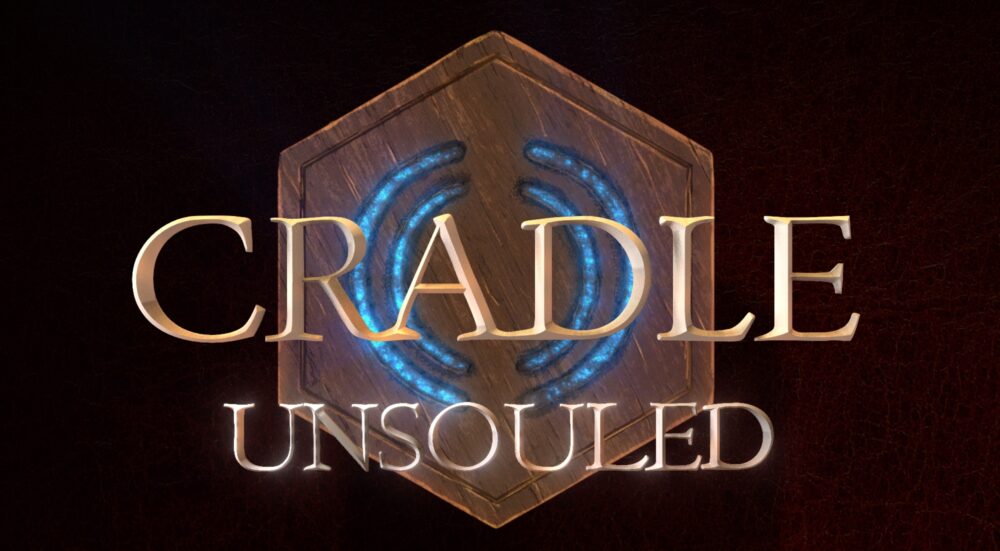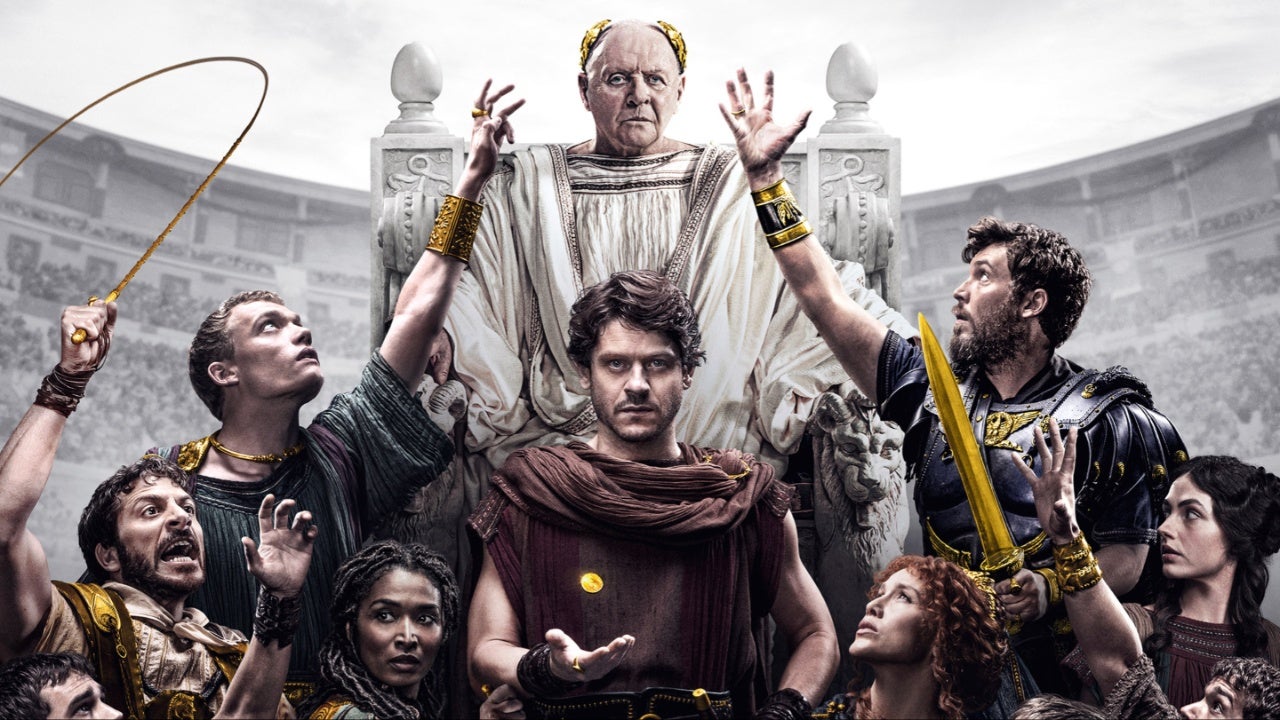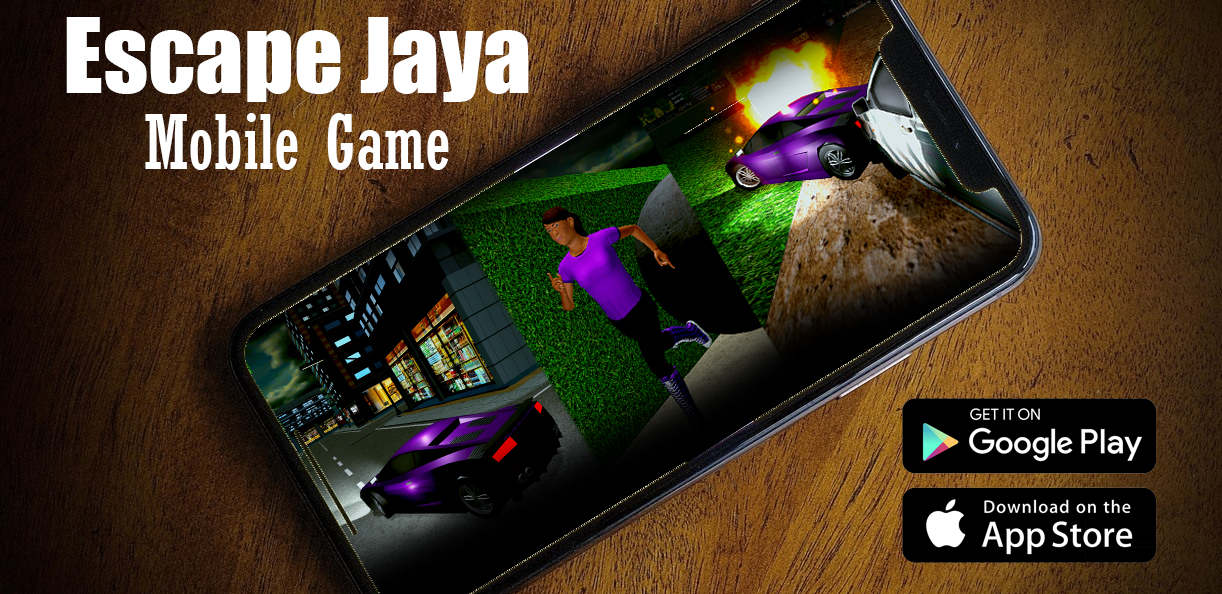Dr. Drew Pinsky’s long running call-in show Loveline, with Adam Carolla, aired on MTV for 32 years and pioneered a pop culture adaptation of relationship and safe sex education.
The show, featuring an assortment of celebrity guest hosts, served as a lifeline to multiple generations. Dr. Drew’s Teen Mom franchise, also an MTV staple, opened the eyes of television viewers to the trials of teen pregnancy and teen parenthood where previous methods had fallen short. Dr. Drew’s critically acclaimed VH1 docu-series Celebrity Rehab with Dr. Drew and it spinoffs Sex Rehab with Dr. Drew and Sober House, allowed viewers an intimate look inside the causes of addiction and the arduous road to addiction recovery.
With his HLN show, Dr. Drew On Call, which aired from 2011 to 2016, he broadened his television audience, delving into the behavioral components behind the headlines of the day. Dr. Drew’s New York Times bestselling book, The Mirror Effect: How Celebrity Narcissism is Seducing America (Harper Collins), examines the widespread adoption of celebrity narcissism within our culture.
A true advocate who has spent decades bringing once-taboo health matters to the forefront of public discussion, he now hosts MTV’s Teen Mom OG, KABC’s Dr. Drew Midday Live and The Dr. Drew Podcast, the #1 health podcast on iTunes.
 A health crisis that is gripping our nation is that of adolescent mental health and gun violence. This generation is dealing with a problem that goes far beyond typical teenage angst, as it deals with the frightening fallout from a broken healthcare system and gun control laws that have failed to address our societal landscape. These issues intersect at the corner of one of our biggest political and social quagmires. Unfortunately, gun violence is nothing new to young people from America’s poorer urban pockets who have been living under its threat for decades. Gun-related injuries and fatalities in school settings date back to the 18th century, with the first American school shooting on record taking place on July 26, 1764 in the town of Greencastle, Pennsylvania.
A health crisis that is gripping our nation is that of adolescent mental health and gun violence. This generation is dealing with a problem that goes far beyond typical teenage angst, as it deals with the frightening fallout from a broken healthcare system and gun control laws that have failed to address our societal landscape. These issues intersect at the corner of one of our biggest political and social quagmires. Unfortunately, gun violence is nothing new to young people from America’s poorer urban pockets who have been living under its threat for decades. Gun-related injuries and fatalities in school settings date back to the 18th century, with the first American school shooting on record taking place on July 26, 1764 in the town of Greencastle, Pennsylvania.
The epidemic of mass shootings in more affluent suburban enclaves entered the public’s consciousness on April 20, 1999 in Littleton, Colorado, at Columbine High School. The most recent school shooting that took place on February 14, 2018 at Marjory Stoneman Douglas High School in Parkland, Florida, has left an encouraging and unstoppable movement in its wake, reminiscent of the social and political mobilization of the 1960s and 1970s.
The courage, clarity, and strength the students from Marjory Stoneman Douglas have demonstrated in the face of unspeakable tragedy, and their ability to mobilize a nation, inspired me to sit down with Dr. Drew Pinsky for a frank discussion about the state of adolescent mental health and its intersection with gun violence in America.
TME: Why are school shootings a recent phenomenon over the last 19/20 years?
Dr. Drew Pinsky: There’s a multiplicity of factors and no simple answer. Obviously, it’s guns and the type of guns. But in addition, it’s the access that people have; people who have a proclivity towards self-harm or harming others (The Florida state Senate just passed a bill upping the legal age to purchase a fire arm from 18 to 21 and mandating a 3-day waiting period. It now falls on Florida state Congress to vote). We all know that adolescent males will complete suicide because of their use of fire arms. It’s not a far reach from feeling that your own life doesn’t have meaning to other people’s lives not having meaning. We’ve connected that bridge now.
TME: What leads a young man to get to the point where they no longer value their own life?
Dr. Drew Pinsky: Within adolescent depression it becomes a special case when they have this sort of magical thinking that this will solve their problems, and they’ll be around to see the solution after they’re gone. But we’re seeing this in young adults, not just adolescents. I happen to believe, and this is one man’s opinion and it’s hard to substantiate the data, but we’ve been through an epidemic staring in the 1960s of adverse childhood experience. Our families are unhealthy.
My work in media has been almost exclusively dealing with people with addiction issues and addiction medicine; people with issues of physical abuse, sexual abuse and neglect in their childhood. These are profound injuries. Among those injured are people who don’t have the ability to regulate their emotions or really have any sense of empathy for others. We have a growing population of people who have difficulty with empathy and difficulty with emotional regulation… and a firearm. It’s a pretty potent combination. And we have drugs and alcohol; we have a massive problem with that. I’ve begun to think of it all as sort of this spiritual bankruptcy.
TME: When I am speaking with a physician, like yourself, I always wonder how you feel about the intangible factors, like a spiritual component.
Dr. Drew Pinsky: I am always challenged by my patients in that regard. They will tell me that their recovery from drug and alcohol addiction, that I turned them towards it, but really it’s the spiritual connection they make that actually leads them into a full recovery. I’m okay with that. Whatever gets them there! I think there can be a stigma with words like “soul” or “spiritual” because people tend to equate them with religion. But I think [spiritual] is a word people can understand without indoctrinating religion into it. Whatever it is, we need to feed our souls and feed our spiritual life in a much better way. It starts with our families and our relationships, and our communities.
TME: Do you think social media and being tied into this Matrix-like existence instead of being more community oriented like in generations past, do you feel it’s leading to a spiritual breakdown?
Dr. Drew Pinsky: I think it has accelerated the mob, and mob-like behavior. It gives people a sense of pseudo-intimacy, which is quasi-pathological. It’s not real. There is a sense of connection, with no real connection. It gratifies only the most basest of emotions – envy, aggression, arousal, and all of these addictive emotions. It doesn’t do anything for empathy, nurturing, service, making a difference. I don’t see it as the cause, but as an amplifier of these problems. When I wrote my book about narcissism years ago (The Mirror Effect), I wanted to include a chapter on previous moments in history where narcissism had prevailed and where childhood trauma has been prevalent. Wherever I found those trends, I found mob action, guillotines and mob aggression. We’re seeing it now, and it just happens to be in social media.
TME: What are your thoughts about how media chooses to cover these mass shootings and other large scale violent crimes?
Dr. Drew Pinsky: There’s contagion, not doubt about it. There’s contagion with things like suicide, all sorts of violent acts, and with pathological behaviors like cutting. All these things have contagion associated with them. I almost feel like it’s a double-edged sword. Yes, there’s contagion, but we also have to take a good hard look at the realities we face.
TME: And when you say “contagion” you’re talking about the copy-cat effect, just to clarify for people. Personally, I feel that releasing the person’s picture and their name, and analyzing their motives is playing into their pathological desire to gain attention for their act.
Dr. Drew Pinsky: There’s no doubt that the thinking of the perpetrator includes things like that, but not saying their name also gives it a kind of energy that I think is weird. I’d like to see the evidence that holding back the name somehow reduces the contagion effect. I just don’t see it.
TME: Let’s talk about you. When you were in high school and college, what coping skills did you cultivate to deal with things like anxiety, depression, stress and peer pressure?
Dr. Drew Pinsky: I had a problem with that. I had panic attacks. I’m still formally diagnosed with Generalized Anxiety Disorder. I was depressed when I was nineteen and there were no services for adolescents at that time. I think that’s what got me interested in helping that population with mental health, in general. I was so mishandled, it was egregious. I thought maybe I was having a seizure when I was having a panic attack; I wasn’t sure what it was. But I understood there was a mental health issue.
I went for help and I was told that I needed to get my act together, and I should take long walks in the woods. I would have happily gotten my act together (laughs)! And I was socially awkward, I was living in New England in college and didn’t know what I wanted to do with my life. What got me out of that was finding purpose. Finding medicine and science, getting turned on by that and getting into it, and feeling good about what I was doing. That’s what helped me climb out. And I had therapy, though the therapy I had in college wasn’t very good
TME: In the late seventies, wasn’t the field of mental health first really understanding what anxiety was, and first beginning to treat it?
Dr. Drew Pinsky: They knew what anxiety was. They didn’t really understand the developmental phenomenology and psychiatry of adolescents. That was poorly understood, and certainly what to do with it was even more poorly understood. My wife and I have triplets, and we’ve used mental health services all the way through in raising our family, every step of the way, and it’s yielded dividends. We used behavioral therapists when our kids were very young, and it’s always yielded results and been positive for us.
TME: What kind of support system did you have around you in those early years?
Dr. Drew Pinsky: I had very limited support. I was connected, but not intimately connected, and I didn’t understand really what I was feeling, I didn’t have that insight. I remember reading a lot of material that really didn’t help. There was nowhere to turn at that time, and I’m angry about it to this day. But again, it’s what made me interested in mental health, and in adolescent mental health.
TME: Is that why you’ve cultivated this public platform? As Dr. Drew, you are very much looked up to by young people as a valuable source of information.
Dr. Drew Pinsky: It was actually more of a fortunate accident in my life. I’d always been interested in public speaking, and in my fourth year of medical school somebody asked me to give some commentary on a radio show. When I went in there I had this very powerful instinct that this was important. No one was talking to people about AIDS and safe sex. The term “safe sex” hadn’t been invented yet.
I couldn’t believe the lack of knowledge out there, and the lack of willingness to talk to adolescents. What I said at the time was that the whole sexual revolution had been perpetrated by adults without ever really thinking about what it was going to do to adolescents. I was twenty-four years old and I thought, “I know what seventeen and eighteen-year olds are up to, and they need to know about HIV and AIDS.” It wasn’t even HIV yet. They had just started calling it AIDS at the time. I was dealing with it in my [medical] training every day. People forget about that period of history. It motivated me to get out there and talk about it.
TME: How did you parlay this into Loveline for MTV?
 Dr. Drew Pinsky: I was doing [radio] once a week. It was a great social outlet for me and it was late at night on a Sunday, so I could fit it into my schedule. I did that for ten years for free. I looked at it like I was doing community service. The week my wife got pregnant with triplets was the week that the radio powers-that-be decided they wanted to put the radio show on five nights a week. To which my wife said, “No more community service. If you’re not changing diapers, you’re getting paid!” I walked into the radio station hat-in-hand and asked for a job. It kept going from there and then these television guys showed up and we ended up doing Loveline on MTV. We would film six shows a week on Friday and Saturday, and the rest of the week I practiced medicine. I was a severe workaholic in those days. It really wasn’t until 2010 when I was doing HLN’s Dr. Drew On Call that I felt it was okay to officially say I’m on to my second career. That’s when I started dialing down my clinical material and started really focusing on creating media.
Dr. Drew Pinsky: I was doing [radio] once a week. It was a great social outlet for me and it was late at night on a Sunday, so I could fit it into my schedule. I did that for ten years for free. I looked at it like I was doing community service. The week my wife got pregnant with triplets was the week that the radio powers-that-be decided they wanted to put the radio show on five nights a week. To which my wife said, “No more community service. If you’re not changing diapers, you’re getting paid!” I walked into the radio station hat-in-hand and asked for a job. It kept going from there and then these television guys showed up and we ended up doing Loveline on MTV. We would film six shows a week on Friday and Saturday, and the rest of the week I practiced medicine. I was a severe workaholic in those days. It really wasn’t until 2010 when I was doing HLN’s Dr. Drew On Call that I felt it was okay to officially say I’m on to my second career. That’s when I started dialing down my clinical material and started really focusing on creating media.
TME: What kind of impact do you feel you’ve had on young people?
Dr. Drew Pinsky: I hope I make them think. I’ve broadened the scope of who I want to influence. I’m not just trying to influence young people. I would like to influence all different age groups. Ultimately, particularly with young people, I’ve noticed that the most efficient way to affect their behavior is to give them a relatable source. If you remember, Loveline was about taking phone calls and then we would analyze the cases. With Teen Mom, it’s about looking at the consequences of teen pregnancy.
When they approached me about Teen Mom, I knew it would have a positive effect on teen pregnancy; I just knew it. And lo and behold, there is ample research now to show that it did (according to the CDC, teenage births have steadily declined, across all ethnicities, over the last ten years). For young people, I always like looking at the behavior, and then saying, “Here’s how to analyze that, here’s what this means.”
TME: I think you should do another television show for that same demographic, focusing on the importance of overall mental health.
Dr. Drew Pinsky: Well that’s what Teen Mom is. Teen pregnancy is a symptom of a mental health problem. Other people look at it as a social issue. I look at it as a symptom of somebody who has some mental health issues. And you can see, as these women grow up, there are significant issues there. But television is a strange beast. You can’t be overtly didactic. It has to be hidden in the story.
TME: Like you, I live with anxiety and panic disorder. I’ve always had to be pro-active about my mental health, like the way other people go to the gym to stay in shape. My concern is that the importance of staying on top of your mental health needs to be communicated to young people, in mass.
Dr. Drew Pinsky: I certainly try. On HLN, almost every night I would chant, “Why do we treat medical conditions above the neck differently than medical conditions below the neck?” In other words, why are brain disorders special? Brain disorders are the same as pancreas disorders. It just happens to affect an organ that is associated with our concept of behavior. Just like you would treat your heart or your pancreas or your lungs, it’s medical matter. And treatment works. People need to stop associating it with stigma, or a moral failing, or as any different than any other medical issue. You and I also know it’s brushing past a larger issue, which we would call “spiritual.” It ties into mental health, and I feel that is a bigger social, psychological problem affecting our society. At its core, it’s about our relationships.
TME: We’re seeing a disturbing trend of young males and gun violence. What are we missing when it comes to male adolescent mental health?
Dr. Drew Pinsky: Adolescent males, when they have spiritual and psychological problems, become aggressive. And when they don’t have some sort of outlet that they are engaged in, any time there’s social unrest, there’s young males. That’s just the way we’re wired. Males need to be challenged. This sort of co-dependent helicopter parenting over the last twenty years has been about preventing children from experiencing discomfort.
I think there is a major deficiency right now. In addition to our spiritual emptiness, we have lost the ability to tolerate ordinary misery. Ordinary misery is good. And our children need to experience ordinary misery to learn how to regulate their emotions and overcome. Unless we are challenged we feel deficient. Because of our narcissism as parents we can’t tolerate seeing the child’s discomfort and disappointment, because it mobilizes our own internal misery, which we avoid. We use drugs and alcohol, and extreme sports, and all kinds of ways of avoiding. But when we include our children in making sure they don’t have those feelings as well, there’s a problem. I think that in some way, it is affecting the young male. It’s probably experienced differently from the young female.
TME: Yes, females internalize emotions.
Dr. Drew Pinsky: Women go in, men go out.
TME: I’m going to throw a scenario at you, and tell me what you think could be a viable solution: A single parent home with limited financial resources, and an under-supervised child who’s beginning to show signs of deteriorating mental health…
Dr. Drew Pinsky: I feel unworthy of the question you’re asking me, except to say, like we’ve been discussing, make sure there is access to mental health services and that there is no stigma associated with that. But there are other solutions which goes under the heading of Mutual Aid, whether it’s a church or a community. I’m thinking about that book, Bowling Alone (Simon & Schuster). Have you read that book? It’s about the decline of club membership in the United States.
I think we’re all bowling alone (laughs). And you can’t do it; you can’t do it by yourself! But you also can’t do it with perfunctory supervision. There has to be real, intimate contact and I’m not sure we know how to do that. That’s why where there are resources out there, we need to deploy it and amplify it, and build community around it. Many people are not good at it and don’t even tolerate closeness anymore, mostly because many people have been neglected or abused. When you’ve been hurt as a result of close relation, guess what you want to avoid in the future. We must overcome that.
TME: What are your thoughts on the students from Marjorie Stoneman Douglas High School and the #NeverAgain movement?
Dr. Drew Pinsky: Like the rest of us, I am so impressed with their poise, and their willingness to make change. They’re taking action. They’re being vulnerable and present. It’s inspirational. What I see gives me great hope.
Visit http://drdrew.com/get-help/ for assistance in finding mental health support services. For help with anxiety and depression, visit https://adaa.org/finding-help/treatment. Tune in to The Dr. Drew Podcast and Dr. Drew Midday Live.

Events
Paramount+ Reveals Official Main Title Sequence for the Upcoming Series TALES OF THE TEENAGE MUTANT NINJA TURTLES

During the TALES OF THE TEENAGE MUTANT NINJA TURTLES panel earlier today at San Diego Comic Con, Paramount+ revealed the official main title sequence for the series. The sequence is composed by EMMY® nominee, Matt Mahaffey, known for his work on Sanjay and Craig, Rise of the Teenage Mutant Ninja Turtles, and Rise of the Teenage Mutant Ninja Turtles: The Movie and much more.
From the studios of the Mutant Mayhem film, the all-new Paramount+ original series TALES OF THE TEENAGE MUTANT NINJA TURTLES explores the adventures of everyone’s favorite pizza-loving heroes as they emerge from the sewers onto the streets of NYC. Leo, Raph, Donnie and Mikey are faced with new threats and team up with old allies to survive both teenage life and villains lurking in the shadows of the Big Apple. The series is produced by Nickelodeon Animation and Point Grey Pictures.
TALES OF THE TEENAGE MUTANT NINJA TURTLES is executive produced by Chris Yost (The Mandalorian, Thor: Ragnarok) and Alan Wan (Blue Eye Samurai, Rise of the Teenage Mutant Ninja Turtles, Teenage Mutant Ninja Turtles [2012 Series]). Production is overseen for Nickelodeon by Claudia Spinelli, Senior Vice President, TV Series Animation, Nickelodeon, and Nikki Price, Director of Development and Executive in Charge of Production.
In addition to the upcoming new series, stream all things Turtles on Paramount+.
Events
Comic-Con 2024: Those About to Die Activation
Events
DISNEY+ CASTS DANIEL DIEMER AS FAN-FAVORITE ‘TYSON’IN SEASON TWO OF “PERCY JACKSON AND THE OLYMPIANS”

in Hall H at San Diego Comic-Con, Rick Riordan and Disney+ revealed that Daniel Diemer (“Under the Bridge”) will star as fan-favorite cyclops “Tyson” in the epic adventure series “Percy Jackson and the Olympians.” Diemer joins Walker Scobell (Percy Jackson), Leah Sava Jeffries (Annabeth Chase) and Aryan Simhadri (Grover Underwood) as a series regular. The Disney+ Original series from Disney Branded Television and 20th Television will start filming its second season next week in Vancouver.
Season two of “Percy Jackson and the Olympians” is based on the second installment of Disney Hyperion’s best-selling book series titled “The Sea of Monsters” by award-winning author Rick Riordan. In the new season, Percy Jackson returns to Camp Half-Blood one year later to find his world turned upside down. His friendship with Annabeth is changing, he learns he has a cyclops for a brother, Grover has gone missing, and camp is under siege from the forces of Kronos. Percy’s journey to set things right will take him off the map and into the deadly Sea of Monsters, where a secret fate awaits the son of Poseidon.
Diemer stars as Tyson – a young Cyclops who grew up all alone on the streets, and finds it difficult to survive in the human world. Shy and awkward, with a heart almost as big as he is, Tyson soon discovers that Poseidon is his father, which means Percy Jackson is his half-brother… and that Tyson may have finally found a home.
Diemer recently starred in the Hulu limited series “Under the Bridge” based off the critically acclaimed book of the same name and a tragic true story of a missing teen girl in Vancouver in 1997. He will next star in the indie “Thug” opposite Liam Neeson and Ron Perlman for director Hans Petter Moland. Daniel was recently seen as the lead in the indie “Supercell” opposite Alec Baldwin and Skeet Ulrich and the lead in the film “Little Brother” opposite Phil Ettinger and JK Simmons. Daniel can also be seen in the Netflix series “The Midnight Club” and recently starred as the male lead in the breakout hit Netflix feature “The Half Of It” from producer Anthony Bregman and director Alice Wu. He is a graduate of Victoria Academy of Dramatic Arts in Vancouver.
Created by Rick Riordan and Jonathan E. Steinberg, season two of “Percy Jackson and the Olympians” is executive produced by Steinberg and Dan Shotz alongside Rick Riordan, Rebecca Riordan, Craig Silverstein, The Gotham Group’s Ellen Goldsmith-Vein, Bert Salke, The Gotham Group’s Jeremy Bell and D.J. Goldberg, James Bobin, Jim Rowe, Albert Kim, Jason Ensler and Sarah Watson.
The first season of “Percy Jackson and the Olympians” is available on Disney+
-

 Interviews1 day ago
Interviews1 day agoInterview With Heroes & Villains Creative Director Doug Johnson
-

 Streaming1 day ago
Streaming1 day agoApple TV+ announces season two for delightful kids and family series “Camp Snoopy
-

 Events1 day ago
Events1 day agoThat’s My E Coverage Of The Adult Swim’s Pirate Parrrty
-

 Events11 hours ago
Events11 hours agoParamount+ Reveals Official Main Title Sequence for the Upcoming Series TALES OF THE TEENAGE MUTANT NINJA TURTLES
-

 Events14 hours ago
Events14 hours agoDISNEY+ CASTS DANIEL DIEMER AS FAN-FAVORITE ‘TYSON’IN SEASON TWO OF “PERCY JACKSON AND THE OLYMPIANS”
-

 Interviews14 hours ago
Interviews14 hours agoComic-Con 2024: Will Wight’s Cradle
-

 Events13 hours ago
Events13 hours agoComic-Con 2024: Those About to Die Activation


